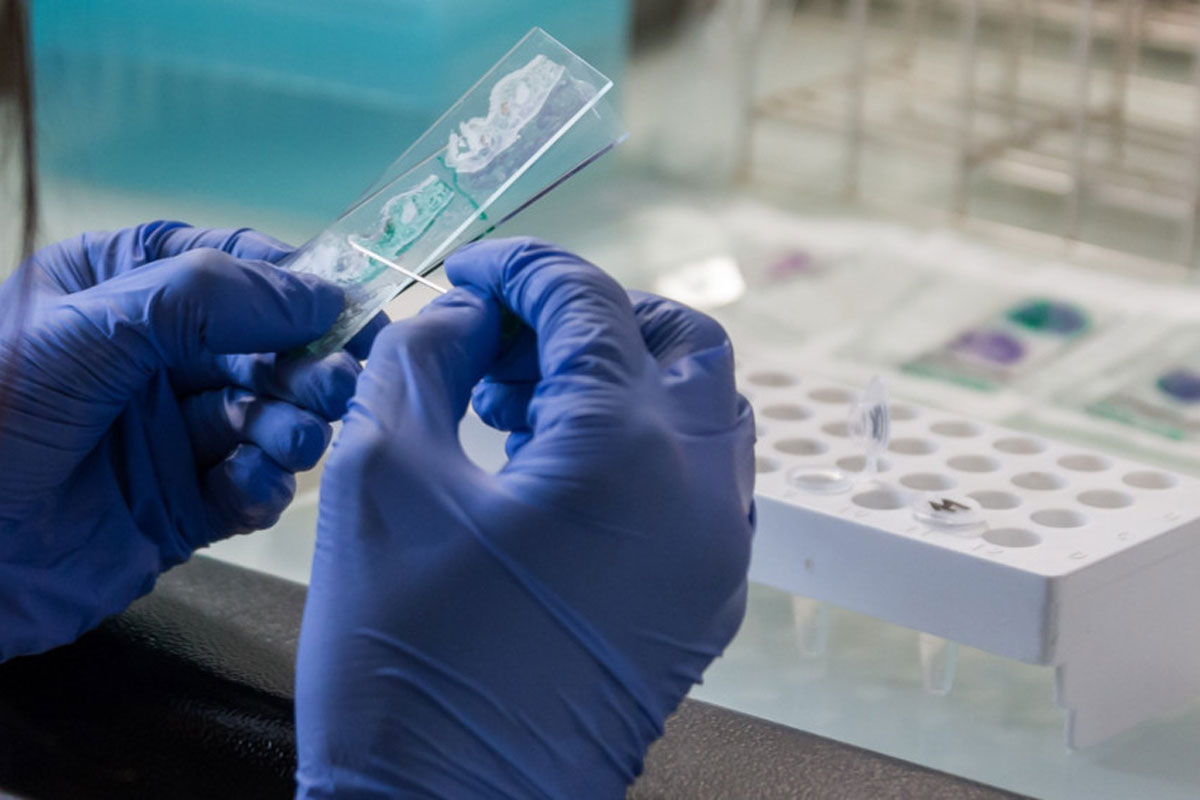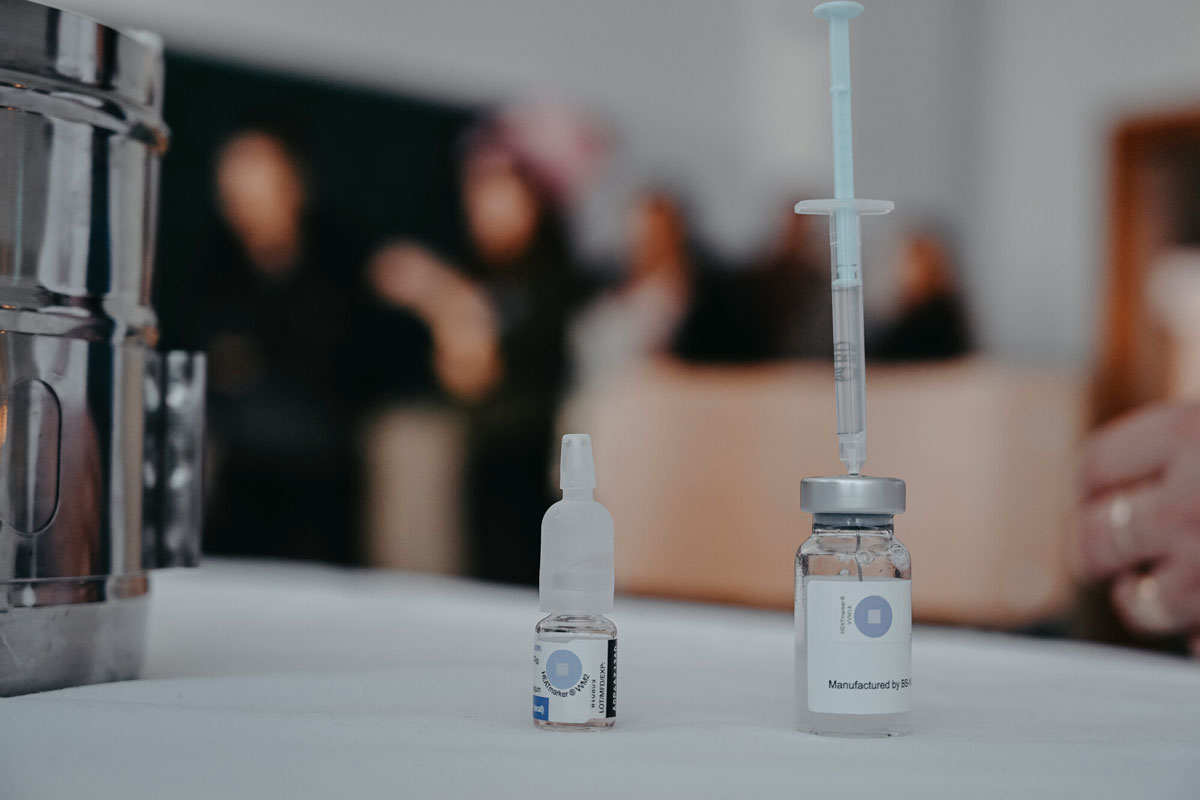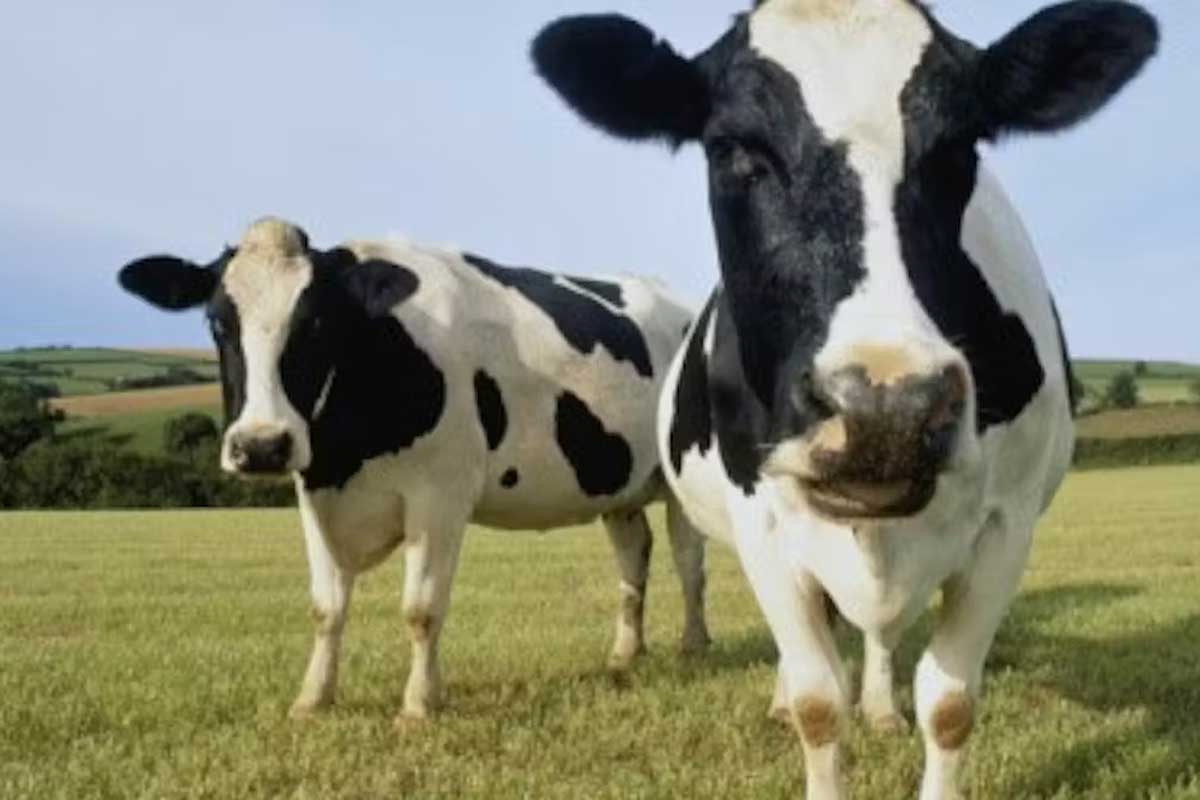Rachael Hore, Gavi
The number one infectious killer of children under age five worldwide has caused over 900,000 child deaths this year, 99% of which occurred in the developing world. It is not malaria, HIV/AIDS or diarrhoea. It is pneumonia, and it causes death with strains that were prevalent in areas such as the UK and the USA at the beginning of the twentieth century, but are now long gone.
Traditionally, pneumonia has been a difficult disease to conquer in developing settings, but pneumococcal vaccines and surveillance are proving to be effective tools against it. In the wake of World Pneumonia Day we follow the journey of the KEMRI-Wellcome Trust Research Centre in Kilifi, one of Kenya’s poorest rural regions, to understand how they are closing this stark disease gap.

A child with pneumonia. Photo: Gavi/Duncan Graham-Rowe.
Pneumococcus is responsible for half of pneumonia cases in Kenya, but its relationship with pneumonia isn’t straightforward. Dr Ifedayo Adetifa, Clinical Epidemiologist at the Centre, explains that the nasopharynx – the back of the nose – is the reservoir where the bacteria gather before they can cause invasive disease. Factors such as overcrowding, malnutrition and viral infections increase the risk of pneumococcus, carried by most children, causing invasive disease. Dr Adetifa highlights that an underlying issue is poverty, which “is on the pathway for literally every disease that we have.”
Adding to the challenge of prevention, pneumonia also has other causes for which there are other vaccines. It can be disillusioning for mothers when their child falls ill with pneumonia despite having received pneumococcal vaccine, so Dr Juliet Otiento, Clinical Research Training Fellow, is sure to communicate this: “[I always tell them] pneumonia is caused by different bugs and the vaccine works on only some of these, most mothers are content with this.” A possible solution, says Assistant Research Officer Donald Akech, is to keep increasing the number of strains covered by in the vaccine, though how this would work for Kilifi is uncertain.

Vaccinations at Mnarani Dispensary in Kilifi, which serves up to 500 people a day. Photo: Gavi/Duncan Graham-Rowe.
Despite these complexities, the Kilifi area has reported successful results after Kenya added the pneumococcal vaccine to its routine immunisation programme in 2011. In the first three months, the campaign reached 65% of under-fives and the targeted strains were reduced by two thirds. There was just one case of invasive pneumococcal disease, a particularly severe form of pneumonia targeted by the vaccine, in 2013 and 2014, representing a 95% drop from pre-vaccination levels.
Children under five do the most spreading, so vaccinating them can also have knock-on effects. After the vaccine introduction, the surveillance arm of the Kilifi project has shown that the prevalence of pneumococcus among other age groups was also reduced by about two thirds. This is known as herd immunity.

Children outside the Mnarani Dispensary in Kilifi. Photo: Gavi/Duncan Graham-Rowe.
Together, vaccination and disease monitoring are beginning to conquer pneumococcal disease in Kilifi. Researchers at KEMRI began pneumococcal disease surveillance four years before the pneumococcal vaccine was introduced in the region. This provided a reference point to help measure the vaccine’s impact, despite the complexity of pneumonia’s causes.
This progress in an area with low literacy rates, high fertility rates and journeys of up to 20km to the nearest health centre, shows what can be achieved against this inequitable disease. These efforts offer a promising model for across the developing world, as countries and international organisations work together to confine this disease to the history books once and for all.
You can find out more about the Kilifi research project here.






